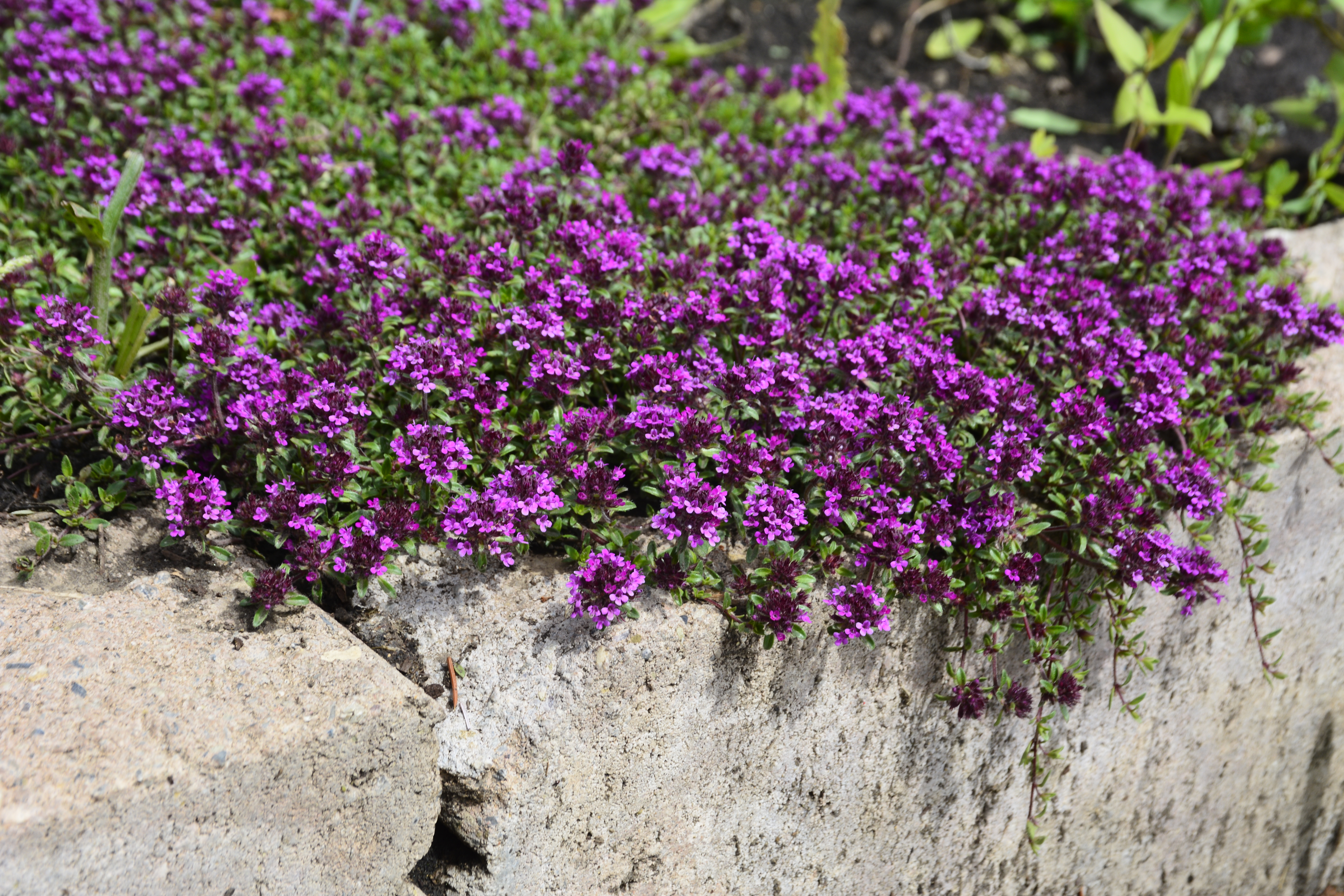
Be sure and bury the edges of the plastic sheeting and place heavy rocks across the middle to anchor it and hold it down when the wind blows. This can be done by covering the lawn turf with clear plastic for one to two months during the heat of summer. Keep kids and pets off the lawn until the herbicide has dried.) orĬ) Smother the lawn: If you can wait 6 months or longer, the old lawn can be killed by covering it with alternating layers of corrugated cardboard and compost laid down about 6” deep orĭ) Solarize the lawn by killing it with heat from the sun.

(While repeated, widespread use of glyphosate can be damaging to the environment, healthy soils are capable of breaking down any residual chemical from a one-time use. You can kill or remove the old lawn in several ways:Ī) Strip off the old turf grass with a sod cutter and kill off any remnants of lawn around the edges ORī) Kill the existing lawn, by spraying it with a one-time application of systemic glyphosate 14 days or longer prior to planting. The list goes on: Red Compact, Lime thyme, Lemon Frost thyme, Pennsylvania Dutch Tea thyme (yes, good for tea), Orange Balsam thyme, Caraway thyme (redolent of caraway), Pink Chintz, or Reiter Creeping thyme.IF REPLACING AN EXISTING LAWN, FIRST REMOVE THE OLD LAWN serpyllum ‘Elfin’) – Elfin thyme is a creeping variety no more than 1 to 2 inches (2.5-5 cm.) high with fragrant leaves and tiny purple or pink flowers, good for rock gardens and in between pavers or bricks. serpyllum) – Wild thyme has prostrate and upright forms, cultivars provide flower colors ranging from red to purple, foliage can be green, gold, or variegated. praecox) – Creeping thyme, sometimes called mother-of-thyme, is mat-forming, grows only 2 to 3 inches (5-8 cm.) tall with mauve, white, and crimson flowering cultivars available. pseudolanuginosus) – Woolly thyme has a prostrate form with pubescent stems and leaves appear gray in color good for rock gardens. citriodorus) – Lemon thyme has an upright form with golden and variegated silver foliage available strong lemon scent. vulgaris) – Common thyme has a prostrate form with yellow and variegated foliage available used in cooking. While there are a plethora of thyme varieties, here is a list of some of the most common: However, it is slow to release its oils, so add it earlier in the cooking process. Thyme leaves may be harvested either before or after blooming and is one of the few herbs where using dried or fresh seems to matter little in the flavoring of foods. The essential oil of many varieties of thyme plants are used in colognes, soaps, lotions, and even candles. Thyme pairs exquisitely with lemon, garlic, and basil and can be used either fresh or dried in any of the above or put sprigs in oil or vinegar to infuse the flavor. Of course, thyme varieties are sought for cooking and used classically in “bouquet garni” in stews, soups, meat, fish, compound butter, eggs, dressings, and vegetable dishes. Highly aromatic with tiny leaves and tubular-shaped flowers forming in dense groups, all different types of thyme are attractive to bees and the honey made from bees who dine on thyme blooms rivals that of the finest lavender honey. Others have a more upright growth pattern and do well as stand-alone specimens in the garden or in pots, either alone or mixed with other plants or herbs. Many thyme varieties have a lovely spreading habit and will also look wonderful peeking between pavers or stones in a patio or walkway or in a rocky wall while being tolerant of foot traffic. Most varieties of thyme are susceptible to overwatering, and many varieties of thyme tolerate or even thrive amid moderate to severe pruning.Īll varieties of thyme are easy to propagate via cuttings, division, and seed and with their low growing habit–less than 15 inches (38 cm.) tall, this semi-evergreen is appropriate for groundcover or for growing in an herb garden, window box, or pots. Types of thyme plants cultivated for culinary use should be replaced every three years or so to prevent woody stems and promote the desirable tender leaf production. With a little research and even with adverse conditions, however, there are sure to be various types of thyme plants that are suitable for growth in those areas.Īvoid fertilizing thyme varieties as they tend to become leggy and weak.
#WOOLLY TYME FULL#
Also, most varieties of thyme prefer full sun and well-drained soil. Most thyme varieties are hardy in USDA zones 5 to 9 but tend to dislike hot, humid summers or overly wet conditions. Keep reading about the types of thyme plants you can grow.

With this dizzying array of thyme varieties, there is a possible specimen for nearly every climate and landscape. All have been prized for centuries for their fragrance, flavor, and ornamental habit. There are over 300 thyme varieties in the mint family of Lamiaceae, of which thyme is a member.


 0 kommentar(er)
0 kommentar(er)
